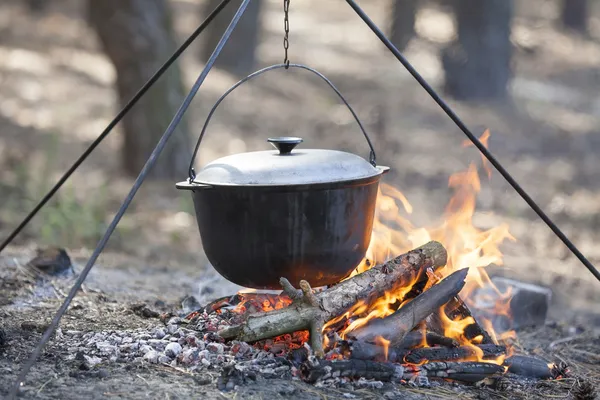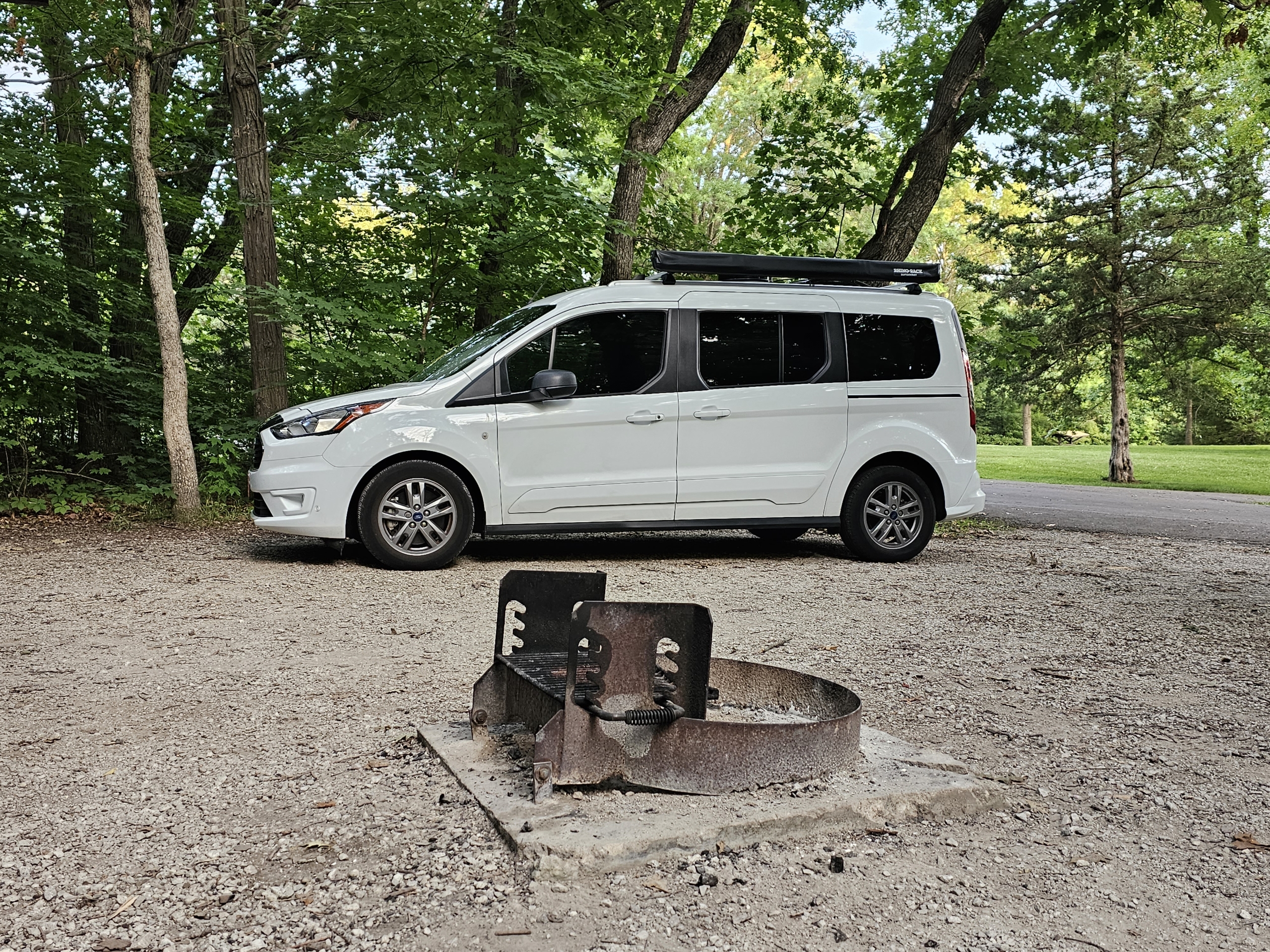NEWS
The Art of Campfire Cooking: Flavor and Tradition in the Great Outdoors
Cooking over a fire is more than preparing food—it’s an experience that ties together flavor, tradition, and the natural setting around you. While a portable stove or microwave is always convenient, nothing matches the taste and atmosphere of a meal created over glowing embers.

Building the Fire for Cooking
The secret to successful campfire cooking lies in the coals. Start with dry wood, adding larger hardwood logs such as oak or hickory to create long-lasting heat. Allow the flames to burn down into a steady bed of embers, which provides the even, consistent heat needed for cooking.
Cookware That Elevates the Experience
Cast-iron skillets, Dutch ovens, and grill grates are timeless tools that handle the heat of open fire beautifully. A Dutch oven can transform into a vessel for chili or stew, while a cast-iron skillet handles breakfast scrambles, seared meats, or vegetables with ease. A grate set over the embers gives you a flexible surface for nearly any dish.
Meals That Shine Over the Fire
The variety of food you can prepare is limited only by imagination:
Foil Packets: Fill with meats, potatoes, and vegetables for a complete, flavorful meal that cooks directly in the embers.
Skewers and Kabobs: A simple way to grill vegetables, chicken, or beef, and an easy way to control doneness.
Cast-Iron Classics: From cornbread to hearty stews, cast-iron cooking delivers rich flavors enhanced by the smoky essence of the fire.
Cooking takes longer than with modern appliances, but that slower pace is part of the reward—it turns dinner into an experience.
Why Campfire Cooking Endures
There’s a reason campfire cooking remains central to outdoor life. It connects food with the atmosphere of the evening—the flicker of firelight, the rich aroma of smoke, and the anticipation as a meal slowly comes together. Every dish carries a touch of the fire itself, creating not just sustenance, but memory.
When you plan your next camping trip, consider setting aside the quick conveniences. Instead, let the campfire become both your gathering place and your kitchen, where food and experience come together under the open sky.

Happy Camping!
DLM-Distribution / Campervans is a licensed manufacture and dealer located in Lake Crystal Minnesota serving clients around the country
Contact Dave: 651-285-7089 or Candy: 507-382-9446 today!
